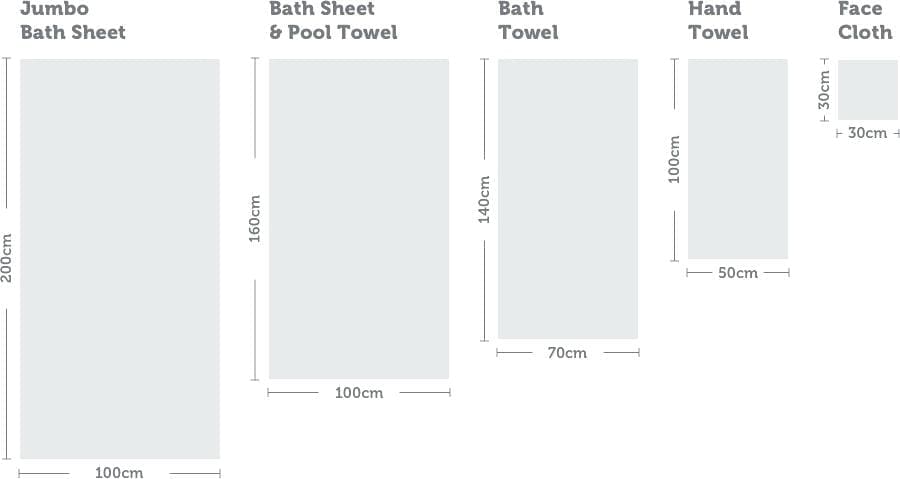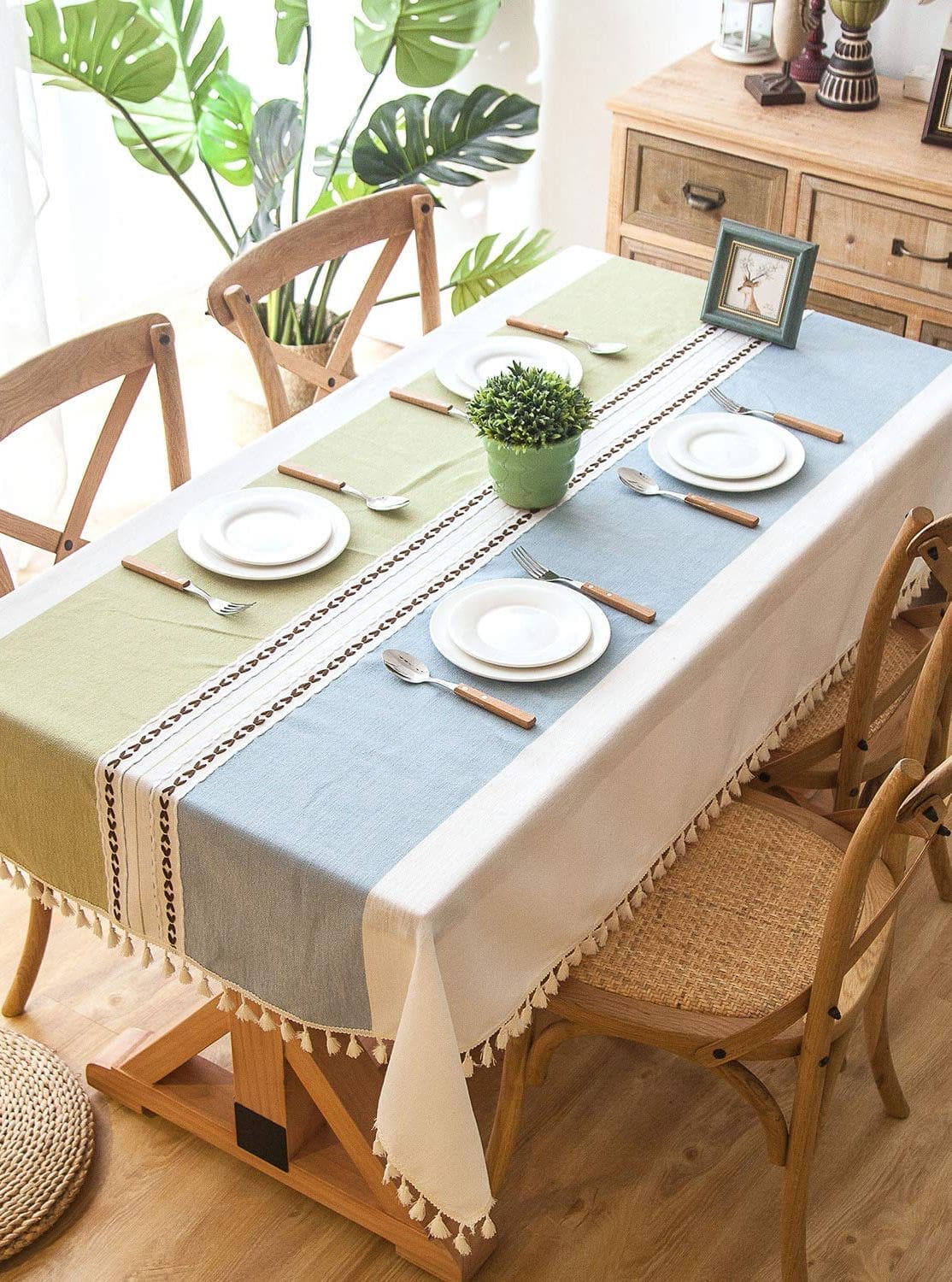Home textiles are fabrics and garments that are used primarily to furnish a home. Functional and aesthetic uses of each determine the materials and design of each. Floor coverings provide some of the most traditional home textiles.
In this article, we will see all the categories of Home Textiles in detail.
- Floorings
Textiles are a millennia old, and maybe close to as old as the dawn of human race. This makes materials one of our most established works of art, and one sort of home textiles may rank among the main types of this workmanship. Textiles have for some time been utilized as floor covers, making a feeling of separation between the inside of a home and the earth. Indeed, even in traveling, floor covers are regularly seen as a need. In numerous societies, floor covers work as wall coverings as well.
Floor covering, material produced using fibres, felts, gums, elastic, or other natural or man-made substances applied or affixed to, or laid upon, the level base surface of a floor to give comfort, strength, wellbeing, and enrichment. Such materials incorporate both handcrafted and machine-made mats and covers and smooth-surfaced floor covers. Albeit the words rug and carpet are much of the time utilized conversely in reference to floor covers, in present day use rugs are affixed to the floor and for the most part cover the whole floor and carpets are not secured and seldom cover the whole floor.
Carpets and rugs also dampen the impact noise. (dictionary, n.d.)

- Rugs- Piece of thick hefty Fabric ordinarily having a nap and covering a segment of the floor; it is removable.
- Pile Carpet- Piece of thick hefty fabric appended to and covering the whole floor of a room.
- Tackless Strip- Little portion of wood covered with tacks and nailed or stuck to the edge of the room; the carpet is secured to it.
- Underlay- Covering set underneath the carpet to make walking more relaxed and to reduce noise.
- Pile- Noticeable surface of a rug made of raised fibres that are cut or looped.
2. Beddings
Bedding, otherwise called bedclothes is the materials laid over the sleeping mattress of a bed for cleanliness, warmth, as a cover to the mattress, and decorating purposes. Bedding is the removable and washable part of a human resting space.

Source: Macys.com
Types
- Sheets- A bed sheet is a rectangular piece of material utilized either independently or in a couple as bedding, being set just beneath or above bed tenants
- Fitted Sheet- It comes with an elastic hem to tightly fit on the mattress. It acts as a base cover to the mattress. It should fit on the mattress without slips.
- Bottom Sheets- This sheet goes above the fitted bottom sheet and provides an extra cover and warmth to the bedding.
- Bedspread- A bedspread is a lightweight, brightening bed covering that can be utilized alone in warm climate or as an ornamental addition to a bed in cold climate. Bedspreads are ideal bed covers during spring and late spring months and add an additional component of style to your bed during fall and winter.
- Comforter- Comforter is a kind of sheet material made of two lengths of fabric or covering sewn together and loaded up with insulative materials for warmth, mostly cotton fibre, wool, polyester or acrylic. Like blankets, comforters are for the most part laid over a top bed sheet.
- Duvet – A duvet is a sort of sheet material comprising of a delicate bag loaded up with down, feathers, fleece, cotton, silk or a man-made fiber, and usually has a removable cover, similar to a pillow and pillow case. Pople frequently utilize a duvet without a top bed sheet, as the duvet cover can promptly be removed and washed as regularly as the bed-sheets.
- Coverlet- A lightweight cover/blanket that is usually thinner than quilt and divet, but is usually quilted.
- Blanket- A large, usually rectangular or square piece of thick cloth which is used to cover one’s body while sleeping, for additional warmth.
- Quilt- A quilt is a 3 layered bed covering that implies it is made out of 3 layers: the top, center and back. The top layer is really a pieced fabric in which various bits of textures are sewn together in various designs. The center layer, called batting, filling or wadding, is really the thick, cushy layer of any of these materials: fleece, down, cotton, or polyester that gives the warming impact. The back or base layer is like the top layer texture. All these 3 layers are sewed together through a cycle called sewing and this makes them one joint piece of texture. The focal cushioning in the blanket is kept in its place with the lines of sewing that are made in various designs.
- Pillow covers- These fabric covers are used for covering the pillows and they usually match the bedsheet.
- Throw- Throws are small and thinner blankets which are used for décor purposes on beds or sofas.
3. Bath Textiles
- Towels & bathrobes
Towels are simply fabrics which are made absorbent by their physical structure. They may be made absorbent by using thicker and coarser yarns, with more number of fine fibers and weaving with less epi and ppi. These types of towels are generally woven with plain weave. This loose structure with coarse yarns make a towel which is highly absorbent. Another way to makethe surface of the towel as highly absorbent is weaving the towel on dobby looms with loop piles, also called as terry. The length of these loops is what determines how much will the towel absorb. Although terry can be manufactured by weaving or knitting, it is usually woven.

Source: https://www.richardhaworth.co.uk/terry-guest-towels
Bathrobes are loose-fitted, coverings, like a wrap dress and dressing gowns and is made form a terry fabric or any absorbent fabric. Bathrobes are mostly found in hotels and resorts as they depict a sense of luxury. These days, bathrobes are preferred over towels because of the comfort factor attached to it.

Source: https://www.overstock.com/guides/how-to-choose-a-bathrobe
Towels come in many sizes;

Source: https://beezzly.com/home/organizing/bath-sheet-vs-bath-towel
The size is varied according to the end use but the types of fabric remain the same; which is terry or woven.
- Shower Curtains
Shower curtains add an essential element to every bathroom. It is used to cover the shower areas, cover the bathtub, or simply for décor purposes in the bathroom. The standard size of the shower curtain is 72 x 72 In. Shower curtains are typically made of polyester, nylon, cotton, vinyl or their blends.

Source: https://www.bedbathandbeyond.com/store/product/ugg-reg-olivia-shower-curtain-in-grey/5384776
- Bath mats
A bath mat is manufactured specifically for preventing slips and wet floors in bathrooms. Bath mats are used used right in front of of bathing tub or shower to soak up water when bathing. They’re usually additionally absorbent and have non-skid options for safety.
4. Table Linens
Table linens help to create a theme of table and add protects table wile creating visually appealing table-scapes.
- Table Covers- Table covers are mainly used to protect the table. Most of these table covers are ornamental but also protects the table from scratches and spills. Table cover size depends on the size and shape of the table, i.e. square, rectangle or circle.
- Table Skirting- Table skirtings are mostly used in banquet halls, weddings. Buffets and event venues to show elegancy. The fibre used is nylon and polyester.
- Table Runners- A table runner covers only the middle section of a table, i.e. running across the length of the table and is a great way to dress up the meal tables. Tale runners are usually selected in contrasting colors of the table cloth.
- Table Mats- A placemat or a tablemat Is used in a specific area of tables, to protect the table from hot dishes and hot pots. It also protects from food stains or water marks. Table mats are made form different materials, depending on the end use- decoration, protection, advertising ( In case of restaurants, they use table mats to advertise their menu)
- Table napkins- Table napkins are an essential for meals and are used to wipe the hands and fingers and to protect the garments from spills, drops, etc. They are also used to wipe the mouth and lips while eating. Table napkins are mostly made from cotton and or polyester and Viscose blends.
5. Kitchen Linens
- Kitchen Twoels- Kitchen towels, similar to bath towels can be plain woven or terry towels. The only difference between a kitchen towel and a bath towel is that kitchen towels need to be stronger; as it Is used to wipe spills, kitchen counters, clean chopping boards, exposure to hot surfaces, etc.
- Oven mitts- Oven mitts or mittens are quilted gloves, with or without finger divisions to help hold hot pots right from the oven. These mittens are made from cotton as cotton is an insulator, hence is an efficient use for mittens.
iii. Apron -An apron may be a garment that’s worn over alternative covering and covers principally the front of the body. It protects the skin and garments from spills and heat while working in the kitchen.
Bibliography
dictionary, V. (n.d.). Textile Floor Coverings. Retrieved from Visual dictionary.
Article By:
PRACHI GEHLOT
Trainee Editor at TVC

